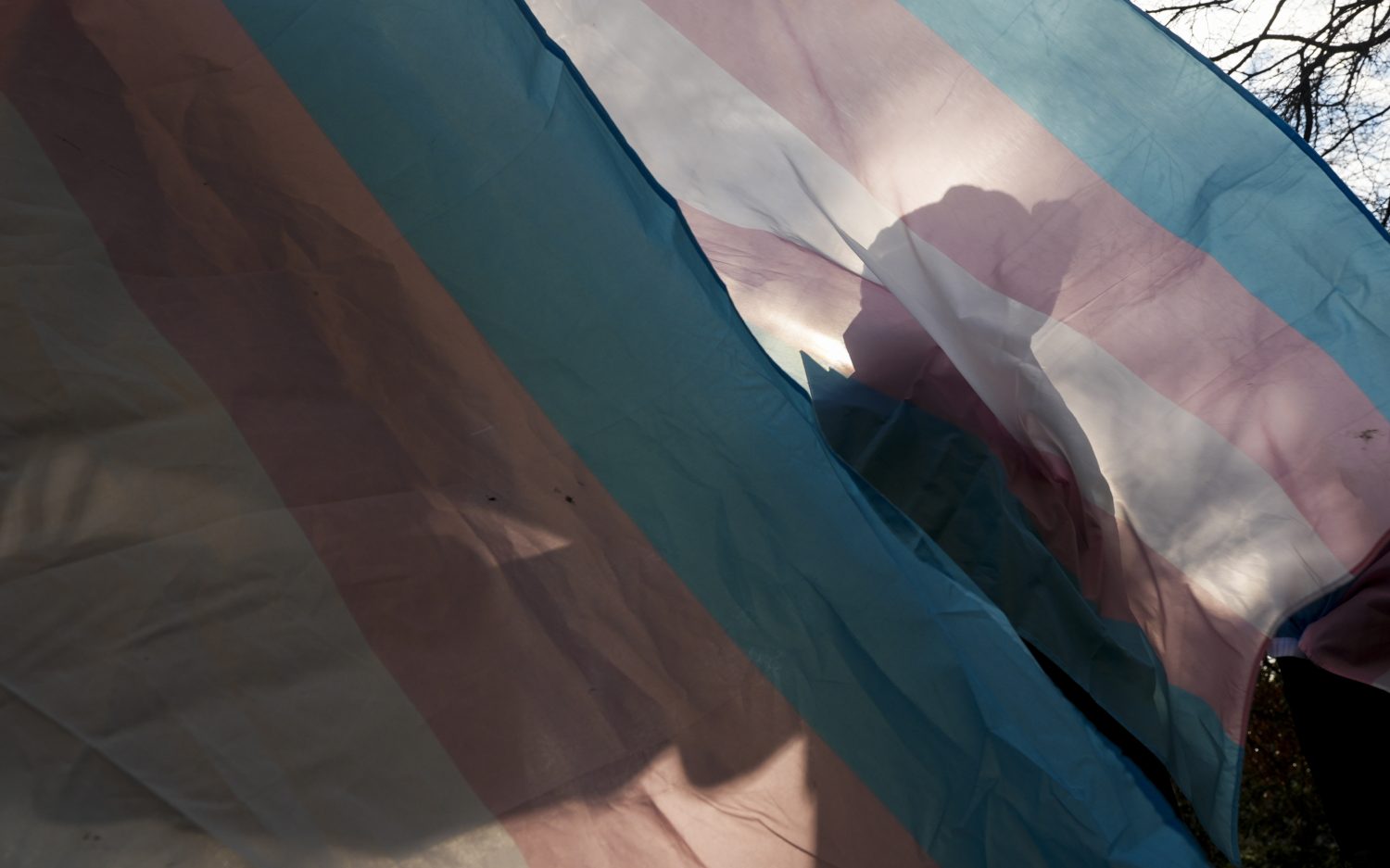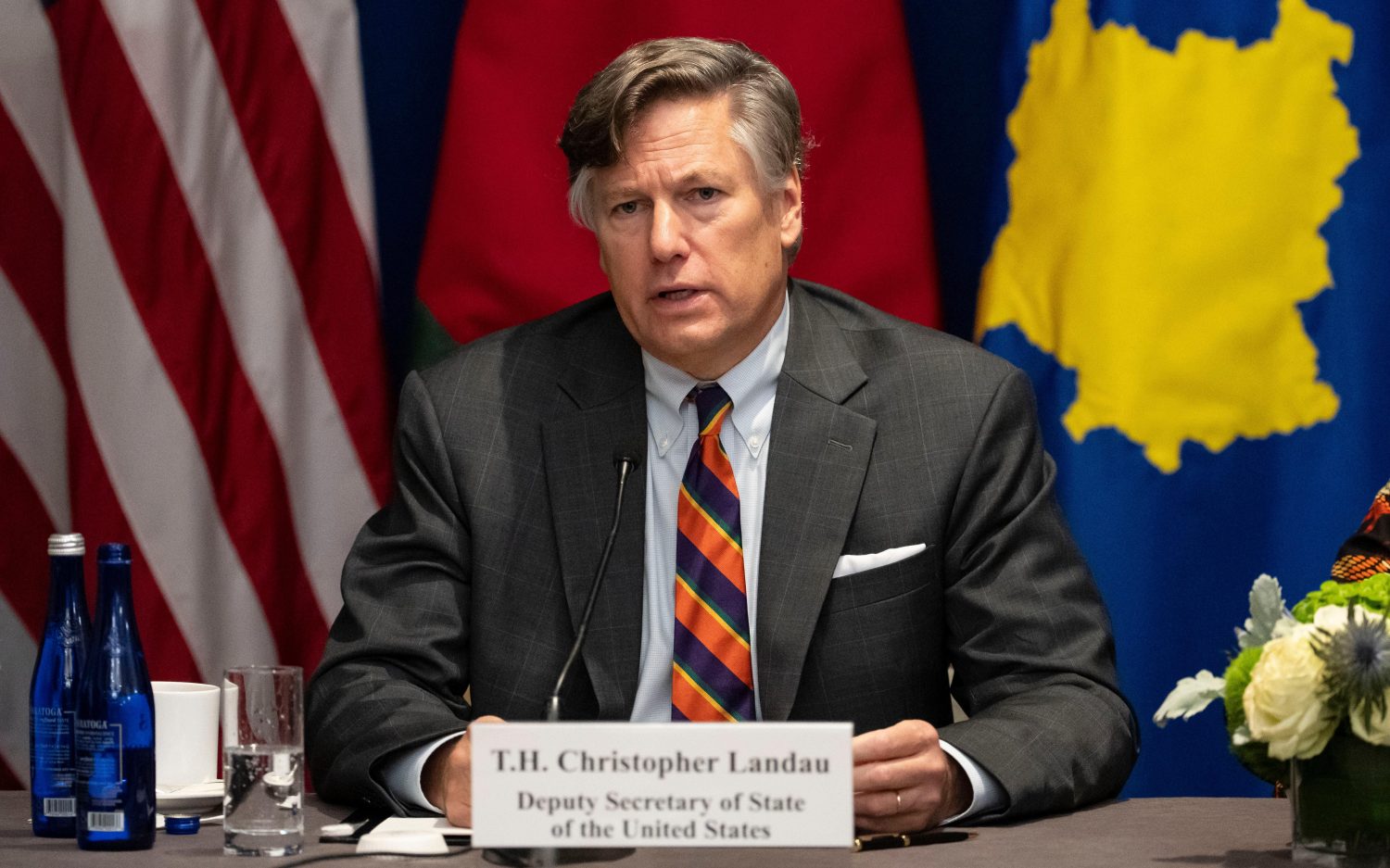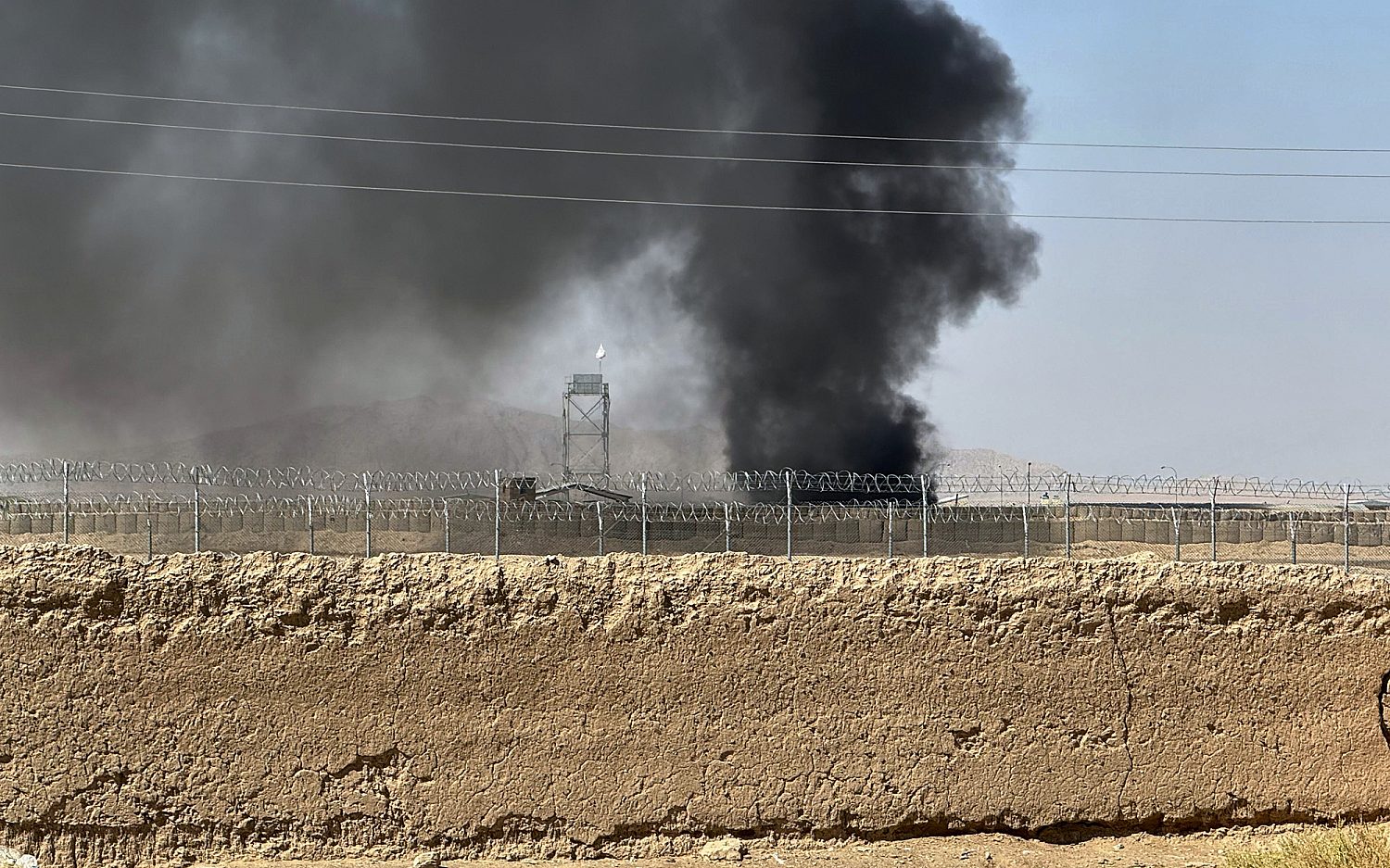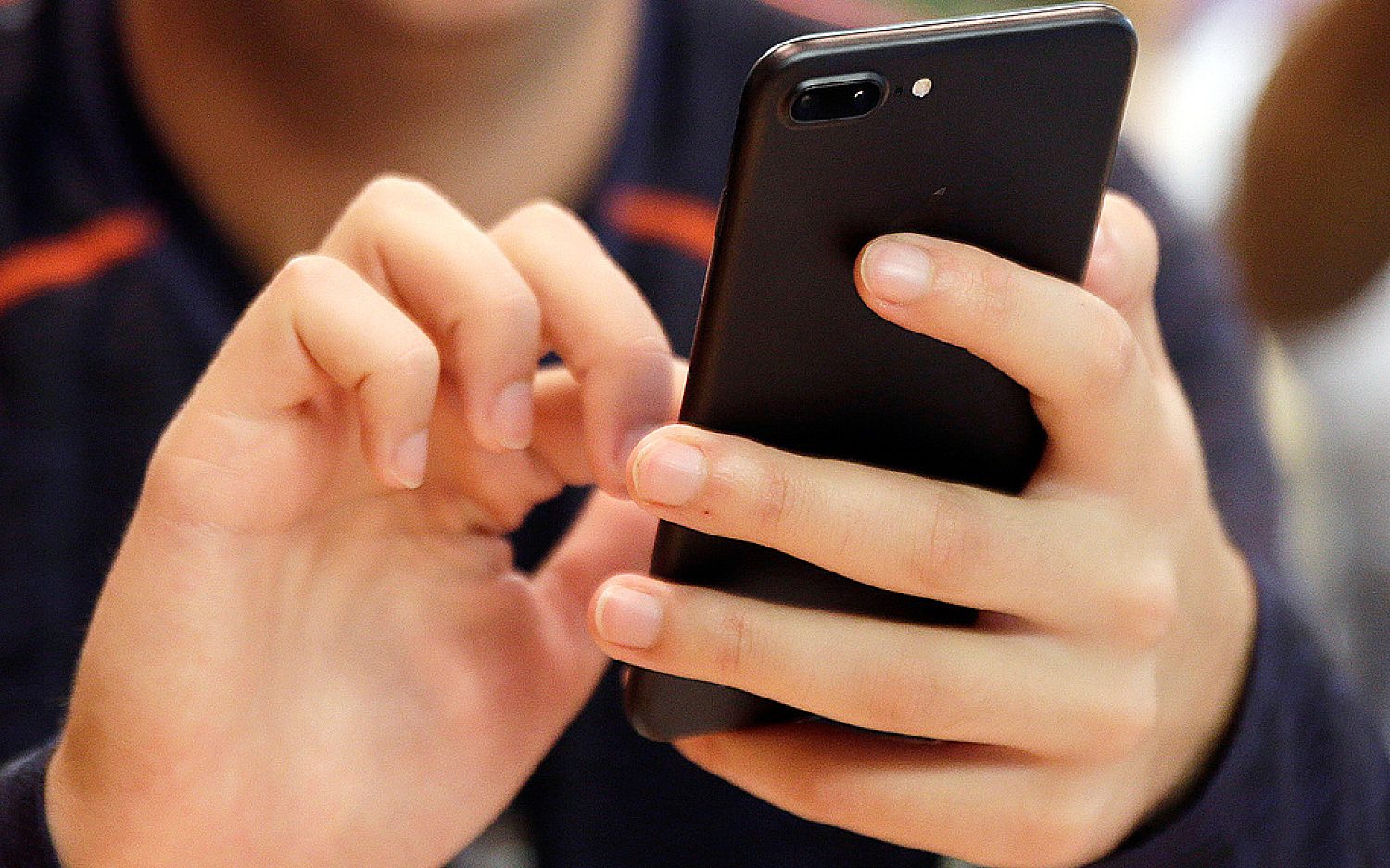The cancer war America is losing
The ribbon-wearing, race-running war to prevent cancer is working little-by-little for almost every major kind of cancer except skin cancer. This week, the surgeon general called on Americans to quit tanning already as skin cancer rates stubbornly continue to rise.
“Skin cancer is the most commonly diagnosed cancer in the United States, yet most cases are preventable,” assistant secretary for health Howard Koh wrote in the surgeon general’s report. Of the seven most common cancers in the United States, melanoma is the only one whose incidence is increasing, according to the Skin Cancer Foundation.
“The number of Americans who have had skin cancer at some point in the last three decades is estimated to be higher than the number for all other cancers combined,” the surgeon general’s report notes.
Family history and other risk factors can contribute to a person’s skin cancer risk, but most skin cancer is related to exposure to ultraviolet rays, usually from the sun. The surgeon general’s suggestions for skin cancer prevention are basic and repetitive: Wear sunscreen. Start community education programs to get people to wear sunscreen. Spend time in the shade. Get schools to make children spend more time in the shade.
Those simple prevention strategies have so far not succeeded in overcoming the driving force behind skin cancer: the European-American beauty standard. For hundreds of years, the world prized fair skin as a sign of wealth; pale people were thought to lead lives of leisure indoors. Tanned skin became trendy among whites in Europe and America during the 1920s as vacationing in the French Riviera came into vogue. The story goes that fashion mogul Coco Chanel returned from a trip there with bronze skin—accounts vary as to whether it was intentional—and declared, “A girl simply has to be tanned.”
UV exposure got a turbo boost in the late 1970s with the invention of the tanning bed. Between 1973 and 2011, rates of melanoma in the United States increased more than 200 percent, according to the surgeon general’s office.
The report took little solace from the fact that most skin cancer is easily treatable. Melanoma, the most lethal form of skin cancer, accounts for only 2 percent of skin cancer cases. But its incidence is on the rise along with other forms of skin cancer. Doctors can usually beat melanoma if they detect it early, but the survival rate goes down to 62 percent if it spreads to the lymph nodes, according to the Skin Cancer Foundation. Nearly 9,000 people in the United States die from melanoma each year.
Even though it is treatable, skin cancer still poses a major public health problem, the surgeon general’s report argues. Skin cancer care costs an estimated $8.1 billion per year. In a personal letter at the beginning of the report, Acting Surgeon General Boris Lushniak, a dermatologist, calls for “straightforward steps that will incorporate skin cancer prevention into our everyday lives.” Almost every recommendation in the report boils down to either wearing sunscreen, seeking shade, or staying away from tanning beds.
“We know there are many strategies to protect us from ultraviolet radiation from the sun,” Lushniak writes, “and we need to use them.”
An actual newsletter worth subscribing to instead of just a collection of links. —Adam
Sign up to receive The Sift email newsletter each weekday morning for the latest headlines from WORLD’s breaking news team.





Please wait while we load the latest comments...
Comments
Please register, subscribe, or log in to comment on this article.